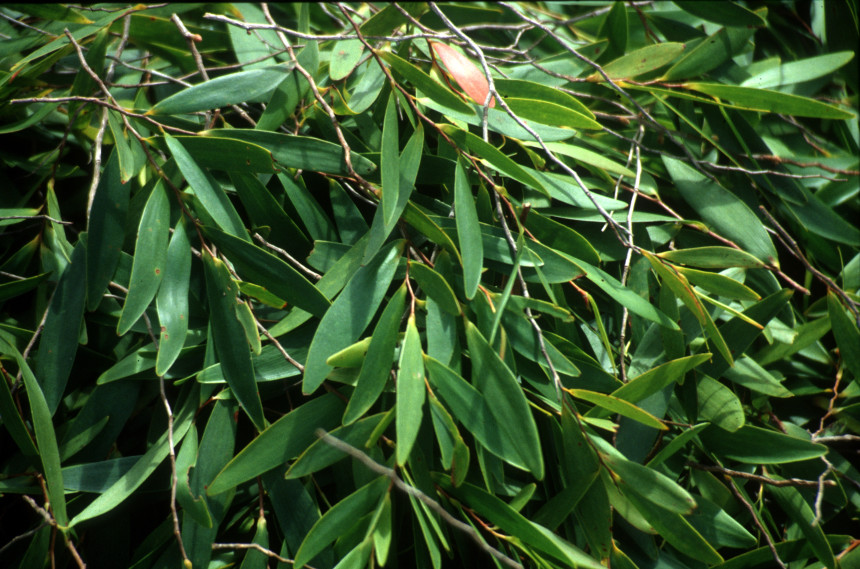New method to model plant behaviour better matches observations

With projected increases in temperature in the future, the amount of water vapour that can be held at saturation increases exponentially. This increased capacity by the atmosphere to hold water (or increased vapour pressure deficit), has important implications for plants and their interactions with the atmosphere. As this deficit increases plants tend to close their stomata, which reduces water fluxes into the boundary layer. Do models capture observed leaf-level response to increasing vapour pressure deficit? What about at very high levels of vapour pressure deficit?
In this work, Yang et al. (2019) tested a series of coupled photosynthesis-stomatal conductance models against leaf gas exchange measurements where the vapour pressure deficit regularly exceeded 2 kPa and reached as much as 8 kPa in summer. They found that commonly used models – including the one used inside the Australian land surface model, CABLE) – were unable to replicate observed decreases in photosynthesis and stomatal conductance.
The researchers tested alternative hypotheses and found that models may need to incorporate a non-stomatal limitation, that is – a down-regulation in photosynthetic capacity, to match observations. Incorporating this alternative hypothesis in a stand-scale model led to a reduction in predicted transpiration of ~20% and improved the correspondence with sap flow measurements and when evaluated at the Cumberland Plain eddy covariance site in Western Sydney. Future work – particularly at high vapour pressure deficit – is a priority to ensure land surface models correctly resolve interactions with the atmosphere in a warming climate.
Paper: J Yang, R A Duursma, M G De Kauwe, D Kumarathunge, M Jiang, K Mahmud, T E Gimeno, K Y Crous, D S Ellsworth, J Peters, B Choat, D Eamus and B E Medlyn (2019). Incorporating non-stomatal limitation improves the performance of leaf and canopy models at high vapour pressure deficit, Tree Physiology. https://doi.org/10.1093/treephys/tpz103
